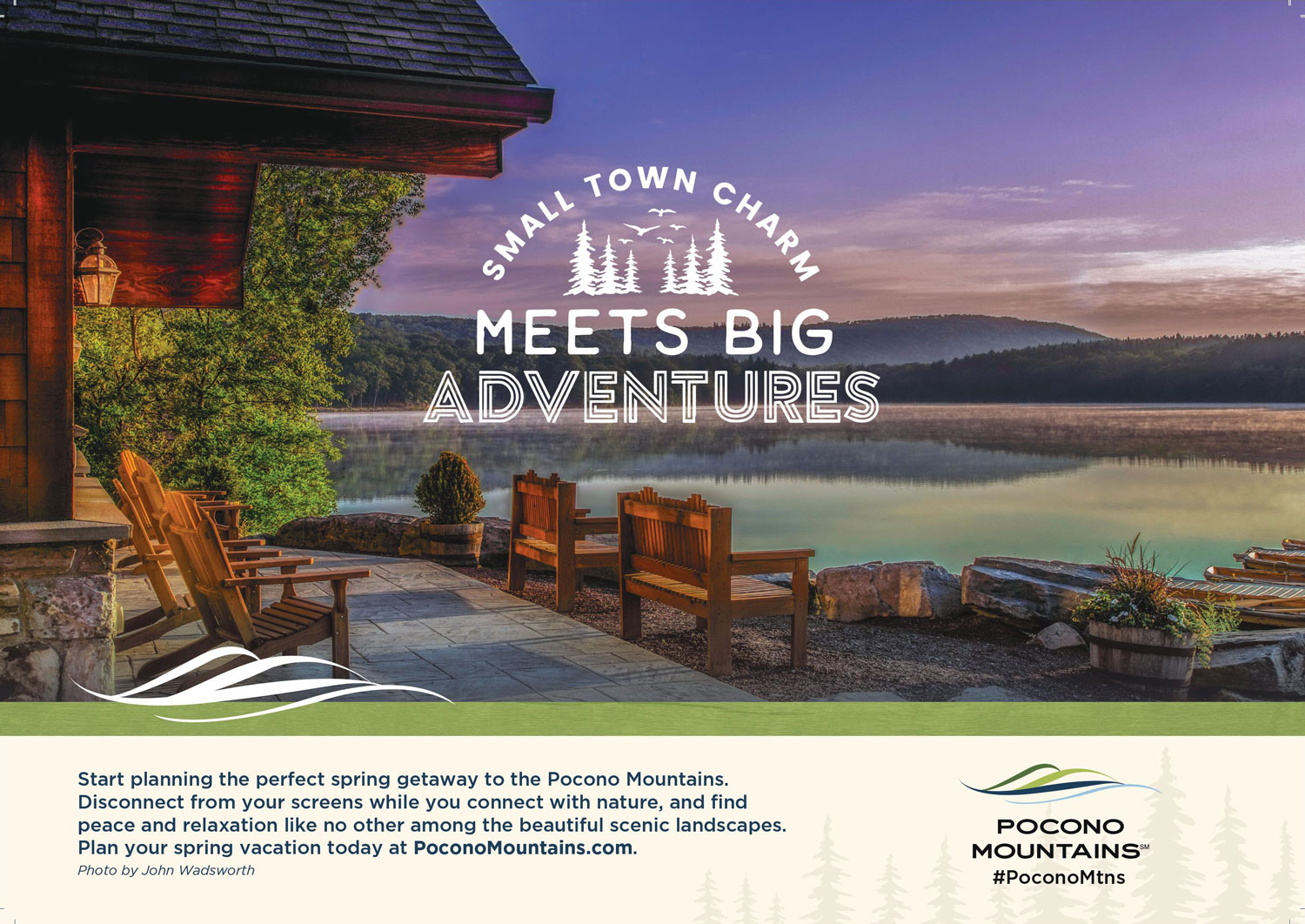By Gary Tilzer
Alexandria Ocasio-Cortez (AOC) posted on Twitter last September after Ida swept over NYC, dumping seven inches of rain during a 24-hour period, that overloaded the poorly planned drainage system of the Bronx: “Experiencing all this flooding in NYC right now and thinking about all the politicians who told me that pursuing a Green New Deal to adapt our nat’l infrastructure to climate change is ‘unrealistic’ & ‘too expensive.”
AOC was right that the heavy rain caused the sewer system to back-up in her home borough of the Bronx. However, more importantly, she was wrong about the cause of the flooding of Highways and neighborhoods in the borough she represents. The root of the flooding in the Bronx is not simply Global Warming as she claims. it is hundreds of years of mismanagement of flowing water from Westchester County into the Bronx, much of it now forced underground. Urbanization through the centuries replaced trees and naturally occurring wetlands that absorbed heavy rain spillage from the many brooks that carried water from the north into the Bronx.
For decades, residents of the Bronx neighborhoods of Kingsbridge, Marble Hill and drivers that use the highways that run through those neighborhoods, have been plagued by sporadic flooding during rainstorms. The actual cause of the flooding is damming and burying the southern section of a creek, named Tibbetts Brook, that few realize even exists. Kingsbridge and the other flooded neighborhoods were once salt marshes that Tibbetts used to run through, disguised today with landfill, and topped with buildings.
The Tibbetts Brook Cover-Up is Causing Flooding in the Bronx Not Climate Change: Water Will go Where Water has Always Gone
Attempts starting in 1699 to dam, bury, or redirect the water flowing into the Bronx, caused flooding in the borough where AOC grew up and is probably responsible for the unexplained water that Mickey Mantle complained about in the outfield of the old Yankee Stadium. The stadium connects to Brook Avenue which is another buried over stream.
Clearly the dammed and redirected water wound up in subterranean streams, some created by Robert Moses under the Bronx highways and neighborhoods that routinely cause flooding during heavy rainstorms like Ida. Tibbetts Brook, one of the largest north-south flow of water into the Bronx, was originally referred to as Mosholu by local Lenape Native Americans, an Algonquin word meaning a place where little brook runs. Native Americans — who have now left the Bronx, used to say we need to live on the land with humility and compassion, as if we will be here for a while. Today reporters covering flooding on the Bronx highways, like The Mosholu Parkway lack the knowledge that they are covering thousands of year-old now underground waterways.
The real cause of why motorists get submerged in floodwaters on Bronx’s highways, abandoning their cars to avoid being drowned, is the inability of Bronx elected officials like AOC to approve the money and clearances to fix flooding. There is already a good proven plan to fix the flooding that has been stalled for decades.
One of the city’s early environmental activists Dr. Ted Kazimiroff who fought City Hall 60 years ago said, “unchecked deforestation and urbanization that has been occurring in the Bronx for centuries, has caused parts of the borough to flood after every heavy rainstorm.” Before Kazimiroff, Teddy Roosevelt who was very aware of the water flowing into the Bronx, created the Great Parks Movement that convinced The Van Cortlandt family to donate land to create the Van Cortlandt Park, Bronx Botanical Garden, and Bronx Zoo.
Roosevelt understood that the urbanization of the Bronx, elimination of the green marshes and trees needed to control the water flowing into the Bronx, would cause problems. Activists today like Karen Argenti, a member of the Bronx Council for Environmental Quality and other community groups have been pushing for Tibbetts Brook to be the first NYC waterway to be brought back above ground. The term she uses “daylighting,” means the restoration of buried streams has taken off worldwide in such places as Seoul and Yonkers. Activists say that Tibbitts Brook Daylighting Project could not only eliminate the flooding that has caused so much grief for residents, but also give the community additional access to parkland.
The Parks Department plan would reroute the Tibbetts Brook away from the highways and pedestrian paths to minimize the use of culverts, subterranean streams, and the City’s sewer system by restoring the natural wetlands created by the brook. The primary route proposed for bringing the brook above ground is the former Putnam Railroad right-of-way, which is currently owned by CSX Transportation but is abandoned between the park and the Harlem River. This portion of the Putnam Railroad is directly adjacent to the southbound lanes of the Major Deegan Expressway. The routing would provide a more natural drainage path for the brook into the Harlem River. The brook would flow above ground through a new Bronx Park greenspace.
The Daylighting plan would direct the majority of any rainwater away from the city’s sewer system and into a man-made waterway called the Old Putnam railroad bed. Daylighting would also reduce combined sewer overflow events. Any time it rains more than half an inch in NYC, stormwater mixes with human waste overflows into the borough’s rivers.
Do Not Blame Climate Change for Flooding in the Bronx, Blame the Dutch, Early Leaders of The Bronx, and Robert Moses Who Tried to Bury the Water

Between the 1930s and 1960s under the supervision of Robert Moses, several highways were created including the Henry Hudson, Saw Mill and Mosholu Parkways, requiring Tibbetts Brook to be diverted into culverts under the roadways. The southern portion of the Saw Mill Parkway was built on top of the trash dump along the western Tibbetts tributary Tibbitts Brooks.
Prior to urbanization, Tibbetts Brook flowed south from what is now Van Cortlandt Park to Spuyten Duyvil Creek, where it emptied into the Harlem River. Tibbets Brook split into two smaller streams at around West 237th Street, the westernmost and primary stream along modern Tibbett Avenue feeding into the Spuyten Duyvil, and the easternmost along the right of way of the Putnam Railroad and current Major Deegan Expressway feeding into the Harlem River. The two streams at Spuyten Duyvil (now about 241Street and Broadway) formed a triangular island called Paparinemo by Native Americans that constitutes much of today’s Kingsbridge neighborhood at the bottom of Riverdale.
In the 1690s, future NYC Mayor Jacobus Van Cortlandt acquired property that included Tibbetts Brook. Tibbetts runs through the center of the Van Cortlandt Park and Golf Course, then empties into Van Cortlandt Lake, an artificial lake created in 1699 by damming the Tibbetts Brook to power a sawmill, which cut down the trees in the area.
By the 19th Century, the eastern stream was filled in, connecting Kingsbridge to the rest of the Bronx. Between the late 1890s and the early 1910s, around the time the original course of Spuyten Duyvil Creek was filled in and replaced by the Harlem River Ship Canal, which created the waterway to the Hudson River by cutting between two Manhattan neighborhoods. Until the end of the 19th century, the Tibbetts Brook extended past the south end of Van Cortlandt Park. It ran southwest through the site of the current Van Cortlandt Stadium, crossed Broadway at around West 240th Street, then continued southwest through the Kingsbridge neighborhood, running a twisty course along the right-of-way of modern Tibbett Avenue, until Tibbett Avenue was filled in.
In the early 1900’s a double-arched Broadway sewer was constructed, as was the tunnel at the south end of Lake Van Cortlandt to funnel overflowing water from the lake into the city’s sewer that emptied into the Harlem River.
Today the water that empties from Van Cortlandt’s lake is draining into the Wards Island Water Pollution Control Plant where city sewage is treated. During rainy conditions, the sewer overflows into the north end of the Harlem River, via a drainpipe at about West 192nd Street (Heath Avenue). This unnecessary lake diversion sends two billion gallons of clean water a year to be needlessly treated at a wastewater plant on Wards Island, causes pollution in the Harlem River and wastes millions of dollars. The Tibbetts Brook Daylighting would be in accordance with a decades-old DEP’s federal mandate to depollute the Harlem River.
Jawboning By AOC Against CSX Transportation is Needed to Get the Tibbetts Brook Daylighting Project Unstilled and is Essential Infrastructure:
Today the Tibbetts Brook Daylighting project is in limbo, as the private freight rail company CSX has insisted on receiving more city money in exchange for a decommissioned rail line that would serve as the restored creek bed. The daylighting project hinges on a strip of land owned by CSX Transportation, a multibillion-dollar rail company, which parallels the creek’s old course alongside the Major Deegan Expressway from Van Cortlandt Park to the Harlem River. The land stretching about a mile between Van Cortlandt Park South and 230th Street, would be the site of the canal and greenway park. News reports suggest that CSX does not appear to use the property.
CSX asking price for the property has increased over the years, with an initial bid of $2 million. Estimates now suggest the current asking price is $11 million, not much in a city that wastes millions on corruption. The DEP, whose adopted budget stands at $1.4 billion, would have to pay for the property. Even as talks have gone as far back as a decade, a deal is nowhere in sight. Why would CSX not make a deal with the city to sell rusted tracks that have not been in use since the 1980s and have now reverted to a lush urban jungle of garbage and vegetation? CSX is talking to the developers of luxury housing on the river with views of Manhattan? One call or press conference by AOC calling out CSX blocking an especially important environmental project, will get the land to Daylight Tibbetts Brook. If CSX keeps blocking the selling of the land to the City for environmental protection, AOC should get the land by eminent domain, the same way the railroads acquired public land. Where is this Tibbitts Brook Daylighting Project in the Biden Infrastructure Build Back Better Bill that AOC voted to support?
Since AOC voted NO to the Infrastructure Bill does, she or her colleague NYC Congressional members have any plan to help with water flow, flooding, CSO and proper land management in the Bronx, Manhattan, and the outer boroughs? When tree planting, oyster beds and spartina grass are the answer, big developers are lobbying to Congress, pay off our leaders for insurmountable over budget projects. Interestingly, a major contribution to the Major Deegan flooding is the loss of natural forested areas on top of Van Cortlandt Park. Our last set of visionary politicians decided to build The Van Cortlandt Filtration Plant the park thereby losing over one hundred acres of trees. Each tree that was deforested by an unnecessary and over budget plant on pristine NYC parkland causes over 11,000 gallons of water to run off per season, pouring right down to the Major Deegan!
It is Not Only the Bronx That is Flooding by Long Buried Streams, but also Going on All Around the City

Broad Street is a north–south street in the Financial District of Lower Manhattan in New York City. Originally the Broad Canal in New Amsterdam, it stretches from today’s South Street to Wall Street. The canal drew its water from the East River. Our concrete jungle is a city built on water. If one searches carefully, one can hear sounds of secret streams churning beneath manholes and see traces of them in street names that recall a watery past.
As usual, de Blasio wants to use the City’s climate change money from Washington to help developers. de Blasio proposed extending the South Street Seaport area by two city blocks into the East River — part of a $10 billion effort to fend off rising sea levels as a result of climate change. His plan calls for extending the shoreline by a maximum of five hundred feet, or two city blocks. The new segment of the shoreline, which would be twenty feet or above current sea levels, would serve as a flood barrier during storms — but it could also be home to buildings, including potential private development, de Blasio acknowledged. The problem is that it would do nothing about the flooding caused by buried streams and brooks running all over the city. Nor does it address the simple land management strategy to stop coastal flooding of replacing landfill and stone fill rip rap with original spartina grasses, regrown oyster banks and shoreline trees that absorb gallons of water from water over flow. Buildup the natural flood barriers! Not a word. Trees, oyster beds and spartina grass do not encourage large donations by patrons who are building developers. Even Barry Diller’s Island on the westside could have helped with drainage of underground water if it were not built on stilts and directly connected to the land if it had an ecologically and environmentally sound approach – Trees, oyster beds, shell fish mounds and spartina grass embankments. Not very sexy.
A NY Times article 12/2/2012, that kicks off Headway, a new initiative exploring some of the world’s big challenges through the lens of progress. The article describes Secretary of Housing and Urban Development competition for architects, engineers, and the local community to offer creative flood-protection. The participatory proposal to fight flooding costs $750,00 to plant trees and build berms to stop the flooding was canceled by de Blasio whose plan costing $10 billion to raising twenty feet a two-block new landfill area around lower Manhattan to block flooding. Neither plan address the flooding caused by the streams and waterbeds which were covered over by urbanization, but still flood like in the Bronx during heavy rain.
Eric W. Sanderson is a senior conservation ecologist with the Wildlife Conservation Society in New York, wrote the “Flooding’s are mainly the result of our inability to read the landscape where we live and conceive fully what it means to live there.”
Sanderson wrote in the Times: “In Queens judging by flooding news reports, followed the old stream courses and freshwater wetlands of the city. Places such as the block of 153rd Street, surrounded by Kissena Park, in Queens. That is Kissena Park, named after Kissena Creek, which up until the 1910s met the tidewaters of the Flushing River right about where 153rd Street is. Or the flash flood in the subway station at West 28th Street and Seventh Avenue? Right in the middle of a wetland clearly shown on 18th-century maps, the headwaters for The Old Wreck, a stream that fed Sunfish Pond, on the south side of Murray Hill, before reaching the sea at Kip’s Bay.” Source: The National Archives, United Kingdom (map)
More has to be done by the city’s daily newspaper to educate the public than running a single-story days after the Ida storm, about the real reasons for the flooding. The Daily News wrote on Sept. 19, 2021, “In the Bronx, Bring Back this Stream.” The NY Times wrote after the Ida storm on Sept. 28, 2021, “Let Water Go Where It Wants to Go.”
.





